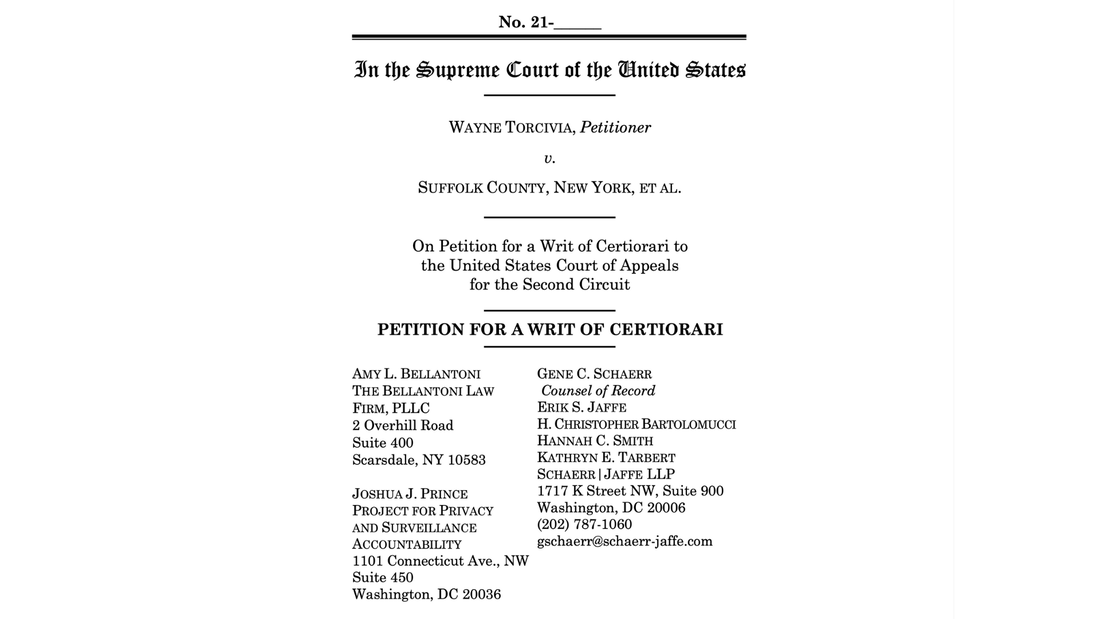Torcivia v. Suffolk County, New York As the famous movie line goes, “what we’ve got here is a failure to communicate.” Somehow, the U.S. Supreme Court keeps establishing clear precedents in narrowing warrantless entry into homes, and lower courts continue to fail to apply those precedents in nearly identical cases.
The latest such case is Torcivia v. Suffolk County, New York, in which the U.S. Court of Appeals for the Second Circuit somehow failed to understand the precedent set by two recent Supreme Court opinions. It upheld a “special needs exception” to the Fourth Amendment that allowed the government to enter a home to seize the firearms of a man suspected of no crime and under no penal control or supervision. The case involves one Wayne Torcivia, a 57-year-old man without a history of violence, mental health treatment or suicide attempts. The police responded to a call from Torcivia’s teenage daughter, who said he was yelling at her and acting strangely. In a series of miscommunications, the police threatened to tase Torcivia – and when Torcivia said that he had a heart condition – an officer somehow understood that as a desire to die from tasing. Wayne Torcivia was taken to a psychiatric evaluation center. When police noticed that he was a legally registered owner of firearms, the police demanded he turn over the combination to his gun safe before he could be released. Torcivia resisted, but finally did so. The police entered his home and confiscated his firearms. In its ruling, the Second Circuit ignored the precedent set by Lange v. California, in which the Supreme Court disallowed the ability of an officer to follow a suspect into his garage. To the astonishment of many legal observers, the Second Circuit also ignored a recent, unanimous Supreme Court opinion in a near-identical case, Caniglia v. Strom. In that case, the Supreme Court found that the police cannot enter a person’s home without a warrant by claiming to act on non-investigative, “community caretaking” capacity. In a 9-0 decision, the Supreme Court continued a long tradition of refusing to expand the scope of warrantless entry into the home. PPSA filed briefs in both Lange and Caniglia. PPSA has now filed a petition for a writ of certiorari asking the High Court to hear Torcivia. PPSA’s brief notes that the Second Circuit referred to Caniglia only once – and in a footnote. The petition explained: “Expanding that limited exception to include the broader ground covered by the rejected ‘community caretaking’ exception both blatantly disrespects this Court’s decision in Caniglia and deepens a pre-Caniglia split. … [T]his case is a strong candidate for summary reversal given its utter disdain for this Court’s recent Caniglia decision rejecting a warrantless search on nearly identical facts.” The jurisprudence of Supreme Court Justices across the ideological spectrum evinces a deep-seated respect for the sanctity of the home as a sanctuary of privacy. The clarity of the Supreme Court on denial of warrantless searches into the home is matched by the clarity of the Fourth Amendment. It appears that the Supreme Court will once again have to instruct lower courts on the plain meaning of plain language. Comments are closed.
|
Categories
All
|


 RSS Feed
RSS Feed